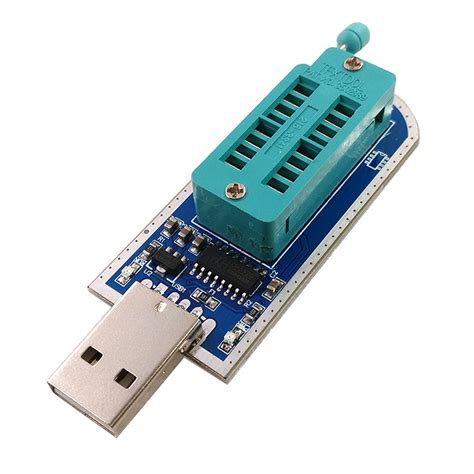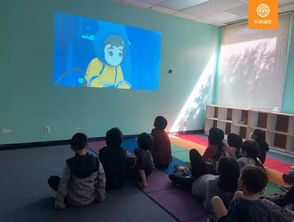toolstripbutton
Understanding and Utilizing Toolstrip in User Interface Design
A toolstrip is a crucial component in user interface design, commonly found in various software applications. It typically consists of a horizontal bar containing icons or buttons that provide quick access to frequently used functions or commands. Let's delve into a comprehensive understanding of toolstrips, their significance, design considerations, and best practices for effective implementation.
1. Significance of Toolstrip:
Toolstrips play a vital role in enhancing user experience and productivity by offering a streamlined interface for accessing essential functionalities. They serve as a visual cue, guiding users to perform tasks efficiently. Whether it's in productivity software, graphic design tools, or even web browsers, toolstrips facilitate easy navigation and task execution.
2. Components of a Toolstrip:
A typical toolstrip comprises several components:
Icons or Buttons:
These graphical elements represent specific actions or commands. Icons should be intuitive and visually recognizable to ensure users can easily identify their purpose.
Text Labels (Optional):
Text labels accompanying icons provide clarity, especially for users unfamiliar with the iconography. However, excessive text can clutter the toolstrip, so it's essential to strike a balance between icons and labels.
Dropdown Menus:
Toolstrips may include dropdown menus to accommodate additional commands or options that don't fit directly on the main bar. This helps in organizing functionalities systematically.
Separator Lines:
These visual dividers help in segmenting different groups of icons or buttons, enhancing the toolstrip's visual clarity and organization.3. Design Considerations:
Creating an effective toolstrip requires careful consideration of several design aspects:
Consistency:
Maintain consistency in iconography, spacing, and layout across the toolstrip to provide a cohesive user experience.
Prioritization:
Prioritize frequently used functions on the main toolstrip and relegate lessused actions to dropdown menus or secondary toolstrips. This ensures quick access to essential features.
Visual Clarity:
Icons should be visually distinct and easily recognizable at various sizes. Avoid clutter by using clear and concise iconography.
Responsive Design:
Ensure that the toolstrip adapts well to different screen sizes and resolutions, optimizing usability on various devices, including desktops, tablets, and mobile phones.4. Best Practices for Implementation:
User Feedback:
Gather feedback from user testing to refine the toolstrip design iteratively. This ensures that the toolstrip meets users' needs and preferences effectively.
Accessibility:
Consider accessibility standards to ensure that the toolstrip is usable by individuals with disabilities. Provide alternative text for icons and ensure compatibility with screen readers.
Customization Options:
Allow users to customize the toolstrip by adding or removing icons based on their workflow preferences. This enhances user satisfaction and flexibility.
Performance Optimization:
Optimize the performance of the toolstrip to minimize loading times and ensure smooth interaction, especially in resourceintensive applications.Conclusion:
In essence, a welldesigned toolstrip significantly enhances the usability and efficiency of software applications. By following best practices in design and implementation, developers can create intuitive toolstrips that empower users to accomplish tasks seamlessly. Prioritizing user feedback, adhering to accessibility standards, and optimizing performance are integral to delivering a superior user experience through toolstrips.
版权声明
本文仅代表作者观点,不代表百度立场。
本文系作者授权百度百家发表,未经许可,不得转载。











